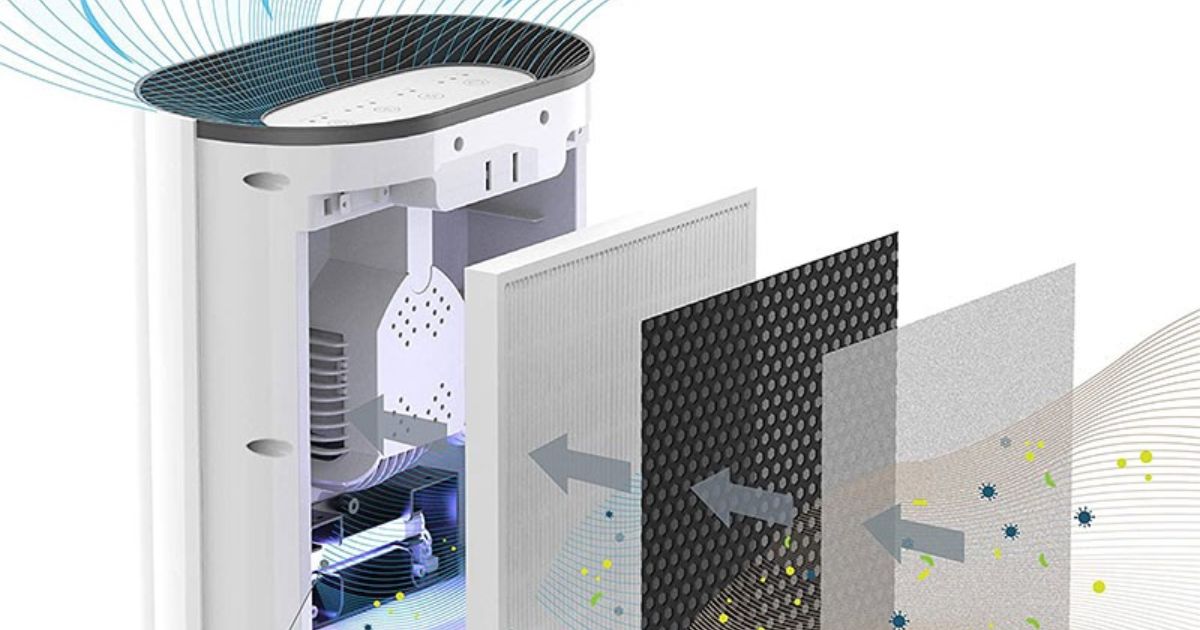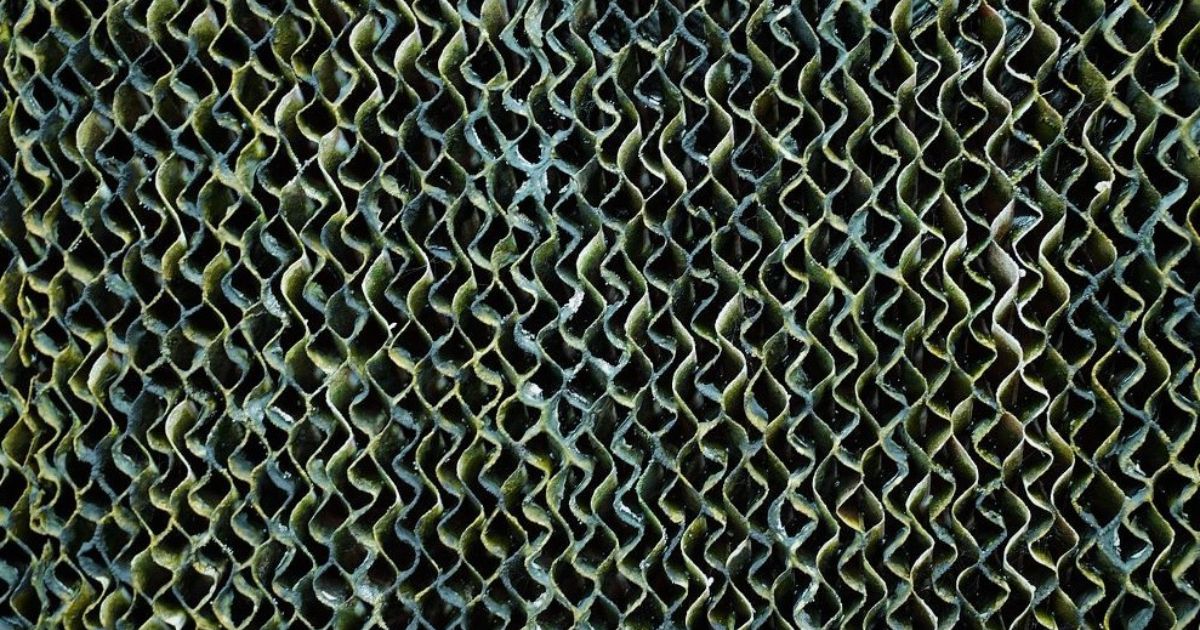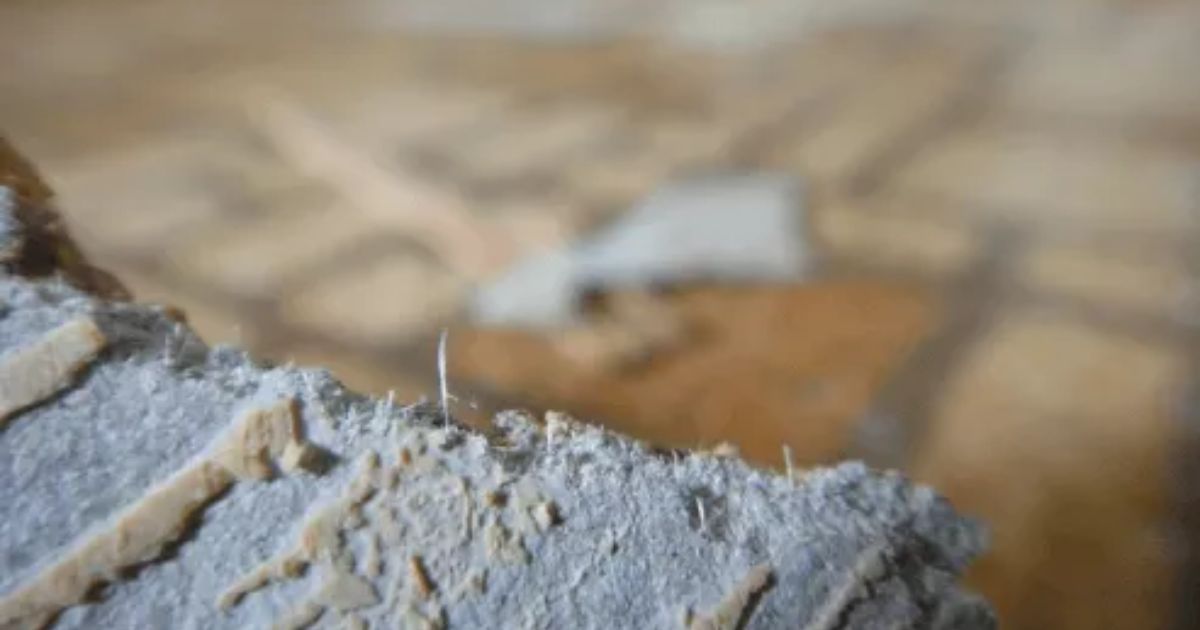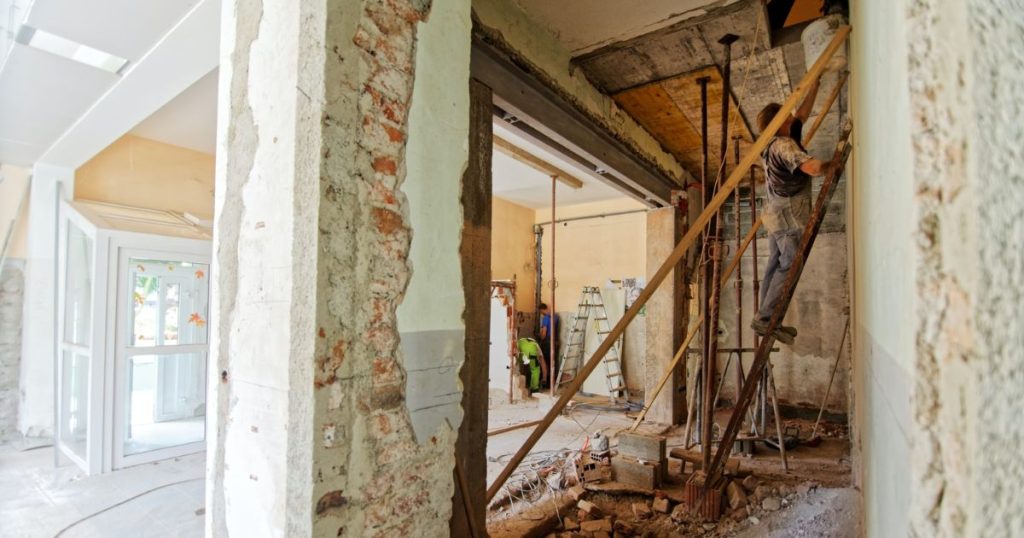Yes! Only HEPA-certified air purifiers will effectively capture particles down to the size of asbestos fibres. Asbestos, a hidden danger in older buildings, poses serious health risks. Its tiny fibers, released when materials like insulation or tiles are disturbed, can cause lung cancer or mesothelioma. Many turn to air purifiers to clean the air and protect their families. But can these devices truly remove asbestos? With fibers smaller than most pollutants, the challenge is steep.
Air purifiers with HEPA filters promise to trap particles, yet questions remain about their effectiveness. This article explores whether air purifiers can tackle asbestos, how they function, and their limits. It also offers clear steps to manage asbestos risks safely. Understanding the truth about air purifiers and asbestos empowers you to make informed choices for a healthier home. Let’s dive into the facts and solutions.
Understanding Asbestos and Its Risks

Asbestos is a sneaky mineral hiding in old buildings. It was a construction star used in insulation, tiles, and pipes until its dark side showed up. Tiny asbestos fibers, thinner than a human hair, can float in the air. If you breathe them in, they might cause lung cancer, mesothelioma, or asbestosis, nasty diseases that hit years later.
Disturbing asbestos during renovations or in crumbling structures sets these fibers free. That’s why it’s a big deal in older homes or workplaces built before the 1980s. Knowing the risks is the first step to staying safe.
How Air Purifiers Work

Air purifiers fight indoor air pollution. They suck in dirty air and trap harmful particles like dust, pollen, or smoke. Asbestos fibers, often smaller than 0.3 micrometers, are a sneaky challenge. Different filters tackle different threats. Here’s how they work and what they mean for asbestos.
Fans Pull Air In: A fan sucks air into the purifier. Stronger fans handle bigger spaces. This airflow grabs particles floating around you.
HEPA Filters Trap Particles: Most purifiers use HEPA filters. These catch 99.97% of particles as small as 0.3 micrometers. Dust, pollen, and pet dander get stuck here.
Extra Filters Tackle Odors: Some units have carbon filters. These soak up smells and gases, like smoke or cooking odors. They keep the air fresh.
UV Light Kills Germs: Certain models use UV-C light. It zaps bacteria and viruses. This adds a layer of protection against microbes.
Clean Air Flows Out: The purifier pushes purified air back into the room. A high Clean Air Delivery Rate (CADR) means faster cleaning.
HEPA filters are your best shot against asbestos, but they have limits. Purifiers only clean air they pull in. If asbestos keeps coming from damaged materials, the danger remains. Knowing this helps you see what purifiers can really do.
Can Air Purifiers Remove Asbestos?

Yes, some air purifiers can capture asbestos fibers, but they are not a complete solution for asbestos removal. Air purifiers with HEPA filters can trap some asbestos fibers, but they’re not a full solution. Ultra-fine fibers may slip through. Professional removal is safer. Purifiers help reduce airborne asbestos, but they don’t fix the source. Here’s why:
What HEPA Filters Can Do
Genuine HEPA filters are highly effective at capturing particles down to 0.3 micrometers. Some studies suggest they can trap smaller particles, including certain asbestos fibers, due to mechanisms like diffusion (where tiny particles collide with gas molecules and get trapped). A 2018 Environmental Science & Technology study found that HEPA filters could capture a significant portion of ultrafine particles, including those in the asbestos size range, under controlled conditions.
However, asbestos fibers vary in size and shape. While some are large enough to be caught by HEPA filters, others are so small that they may pass through. Additionally, air purifiers only clean the air that passes through them, so they can’t address asbestos embedded in walls, ceilings, or other surfaces.
Limitations of Air Purifiers
Air purifiers have big gaps when fighting asbestos. Here’s what holds them back:
- Incomplete Capture: Not all asbestos fibers are large enough to be trapped by HEPA filters. Ultra-fine fibers may slip through, especially in standard consumer-grade purifiers.
- Source Control: Air purifiers don’t eliminate the source of asbestos. If asbestos-containing materials (ACMs) are disturbed, fibers will continue to be released, overwhelming the purifier’s capacity.
- Filter Maintenance: Asbestos fibers trapped in a filter can become hazardous if not handled properly during filter replacement. Improper disposal could re-release fibers into the air.
- Coverage Area: Most air purifiers are designed for small spaces. Larger areas or homes with poor ventilation may not circulate enough air to make a significant impact.
- Filter Risks: Trapped asbestos makes filters hazardous. Mishandling them during replacement can stir up danger. You need caution.
- Not Built for Asbestos: Home purifiers aren’t made for toxic stuff like asbestos. Professional cleanup uses specialized gear for a reason.
HEPA purifiers help a bit, but they’re not the answer. To truly beat asbestos, pros must remove it from your space.
What Kind of Air Purifier Works for Asbestos?
Not all air purifiers can tackle asbestos. With tiny fibers floating around, you need the right gear. HEPA filters are key, but other features matter too. Here’s what to look for in a purifier to help with asbestos concerns.
- True HEPA Filters: Accept no substitutes. Genuine HEPA filters catch 99.97% of particles down to 0.3 micrometers. They grab some asbestos fibers, though smaller ones might escape. Skip “HEPA-like” filters, they’re weaker.
- High CADR: Clean Air Delivery Rate (CADR) shows power. Pick a purifier with a high CADR for your room size. A 300 CADR works for a 300-square-foot space.
- Sealed System: Leaks ruin everything. A sealed filter system ensures that all air passes through the HEPA filter, and no asbestos fibers should sneak around it.
- Strong Airflow: A purifier with good airflow cleans more air and captures more fibers. Choose one for larger rooms or open spaces.
Top brands like IQAir or Blueair shine here. The IQAir HealthPro Plus, for example, pairs true HEPA with a sealed system. Still, purifiers only help after professionals remove asbestos. They’re support, not a cure.
Is Using an Air Purifier Enough?
Air purifiers sound like a fix for asbestos. But are they enough? Spoiler: they’re not. Even the best HEPA purifiers can’t fully protect you from asbestos fibers. They help, but the real fight happens elsewhere. Here’s why purifiers alone fall short.
- Missed Fibers: HEPA filters catch many particles down to 0.3 micrometers. Some asbestos fibers are smaller and slip through. You’re not fully safe.
- Source Stays: Purifiers clean air, not walls or tiles. If asbestos materials are disturbed, fibers keep coming, and purifiers can’t stop that.
- Limited Reach: Purifiers work in small areas. In big homes or drafty spaces, they miss too much air, and coverage is a problem.
- Risky Maintenance: Asbestos caught in filters can escape during changes. Careless handling stirs up danger again.
Purifiers are a backup, not a solution. Professional asbestos removal is the only way to eliminate the risk. Afterward, use purifiers to support a clean space.
What to Do If Asbestos Is Suspected

Asbestos can hide in older homes, waiting to cause trouble. If you suspect it’s lurking in your walls, tiles, or insulation, don’t wait. Act fast to protect your health. Asbestos is only dangerous when disturbed, so follow these steps to handle it safely. They’ll guide you to eliminate the risk the right way.
Step 1: Hire a Certified Inspector
Start with an expert. Hire a certified asbestos inspector. Older buildings, especially pre-1980s, might have asbestos in tiles or insulation. A pro will test and confirm its presence.
Step 2: Avoid Disturbing Materials
Don’t touch suspect materials. Breaking or drilling them releases harmful fibers. Seal off the area to keep everyone safe.
Step 3: Contact Removal Experts
Call licensed asbestos removal pros. With over a decade of experience, Crown Asbestos Removal safely handles all asbestos jobs in Canberra and NSW. Their ‘A’ Class Licence ensures compliance. They use special tools to clear and dispose of asbestos. Never try it yourself.
Step 4: Use a HEPA Purifier Post-Removal
After pros finish, run a true HEPA air purifier. It catches leftover dust or fibers. Choose one with a high CADR for your room.
Step 5: Improve Ventilation
Boost airflow last. Open windows or use fans to clear the air. This lowers any lingering risks after removal.
Professionals are key to beating asbestos. Trust Crown Asbestos Removal for safe removal, with purifiers and ventilation as extra support afterward.
Conclusion
Air purifiers with genuine HEPA filters can catch some asbestos fibers, but they’re not the complete answer. Tiny fibers slip through, and purifiers don’t stop asbestos at its source. Professional removal is the only way to truly eliminate the danger.
For safe and certified asbestos removal in Canberra, ACT, and surrounding NSW, contact Crown Asbestos Removal. If you suspect asbestos, hire experts to test and remove it. Afterward, use a strong HEPA purifier to keep the air cleaner. Boost ventilation, too. Asbestos is serious, but smart steps keep you safe. Don’t rely on purifiers alone, tackle the problem head-on with pros.
Frequently Asked Questions
Q. How do I know if my home has asbestos?
Answer: Check your home’s age. Buildings pre-1980s may have asbestos in tiles, insulation, or pipes. Hire a certified inspector to test suspect materials. Don’t disturb anything yourself. If confirmed, call Crown Asbestos Removal for safe removal. Air purifiers help after, but testing is the first step.
Q. What type of air purifier is best for asbestos concerns?
Answer: Choose a purifier with a true HEPA filter to trap some asbestos fibers. Look for a high CADR to match your room size. A sealed system prevents leaks. Brands like IQAir or Blueair work well. Use purifiers after professional asbestos removal for best results. They’re support, not a fix.
Q. Are asbestos fibers too small for HEPA filters to catch?
Answer: HEPA filters grab 99.97% of particles down to 0.3 micrometers. Some asbestos fibers are caught, but smaller ones may pass through. A 2018 study showed HEPA can trap ultrafine particles. Still, purifiers miss some fibers and don’t address asbestos sources. Professional removal is always the safer choice.
Q. Is it safe to change air purifier filters after asbestos exposure?
Answer: Changing filters with trapped asbestos can be risky. Fibers might escape if handled poorly. Wear gloves and a mask. Seal the old filter in a plastic bag for disposal. Follow manufacturer guidelines. For heavy asbestos exposure, let professionals handle the purifiers to avoid stirring up dangerous fibers again.
Q. Should I use an air purifier during asbestos removal?
Answer: Don’t rely on air purifiers during asbestos removal. They can’t handle high fiber levels or stop the source. Licensed pros use specialized HEPA-equipped machines for safe removal. After their work, use a true HEPA purifier to clean residual dust. Ventilation helps too, but pros are key.
